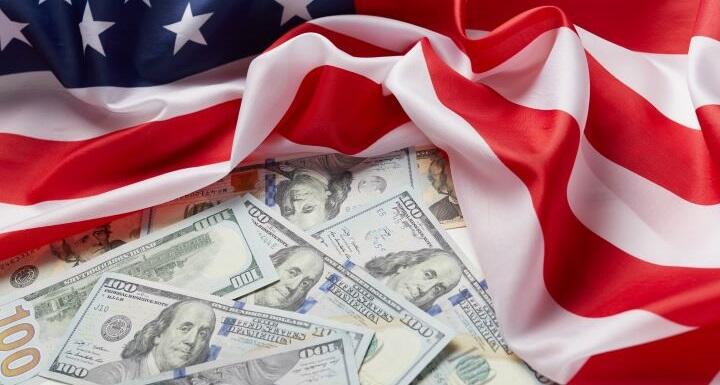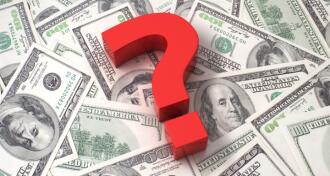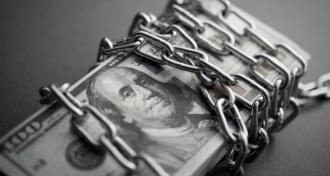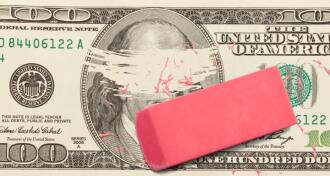
On December 27, 2020, President Trump approved a $900 billion relief bill.
In it, Congress appropriates funds to help small businesses, nonprofits, and venues that continue to be hit hard by the impact of COVID-19 through The Economic Aid to Hard-Hit Small Businesses, Nonprofits, and Venues Act (the "Act"). The Act provides assistance to small businesses mainly by revamping the familiar Paycheck Protection Program ("PPP"). The changes to PPP are many and this article does not address every update. Rather, here are some highlights that you should know.
How has PPP changed?
The Act changes PPP primarily in three ways. First, the Act allows new PPP loan applications to be submitted by eligible applicants that never obtained a PPP loan. Second, the Act permits some businesses that have already obtained a PPP loan to obtain a second PPP loan, called a "PPP second draw." Third, the Act changes PPP rules—for existing PPP loans, new PPP loans, and PPP second draws—in the areas of eligibility, allowable expenses, forgiveness, and more. Whether you already have an existing PPP loan, are interested in obtaining a PPP loan, or want to obtain a PPP second draw, the Act makes changes to PPP rules that may be relevant to you.
I never obtained a PPP loan. Can I obtain one now?
In an effort to expand PPP eligibility, the Act complicates the eligibility rules rather than simplifies them. If you are interested in obtaining a PPP loan for the first time, you should review existing Small Business Administration ("SBA") guidance to ensure that you are eligible for a PPP loan. However, the Act also expands eligibility for certain housing cooperatives, news organizations, section 501(c)(6) organizations, and Economic Injury Disaster Loan ("EIDL") recipients.
If you do obtain a PPP loan, you may spend your loan proceeds on new eligible costs. For example, a PPP borrower can now spend loan proceeds on certain operations expenditures (such as software, human resources, and accounting needs), property damage repairs related to public disturbances that occurred in 2020, and personal protective equipment used to comply with federal, state, or local health and safety guidelines. A PPP borrower can also spend loan proceeds on certain group insurance benefits, including group life, disability, vision, or dental insurance. These eligible costs are in addition to payroll costs and certain non-payroll costs already stipulated in PPP.
The decision to obtain a PPP loan should not be made hastily. Since its inception, PPP has grown quite unwieldy and the Act adds to its complexity. To ensure that you are eligible for a PPP loan, it is best take the time to review your business information and PPP requirements before submitting a PPP loan application.
I already have a PPP loan. Am I eligible for a PPP second draw?
Eligibility for a PPP second draw is different than eligibility for an initial PPP loan. To be eligible for a PPP second draw, a business must have no more than 300 employees and demonstrate that it has experienced at least a 25 percent reduction in gross revenues between comparable quarters in 2019 and 2020. Yet, there are a number of exceptions, so be sure to review your eligibility thoroughly before applying. In any event, the maximum loan amount is 2.5 times an applicant's average monthly payroll costs up to $2 million. There are exceptions to the eligibility and loan amount rules for small businesses in the accommodation and food services industries. In short, do not assume that you are eligible for a PPP second draw solely because you obtained an initial PPP loan. Again, review your eligibility thoroughly before applying.
Can a PPP second draw be forgiven?
Yes. PPP second draw forgiveness is largely similar to current PPP loan forgiveness rules. Borrowers must spend at least 60 percent of their PPP second draw on payroll costs in order to receive full forgiveness.
I already have a PPP loan and do not want a PPP second draw. How am I affected?
Many PPP borrowers that obtained an initial PPP loan have spent all of their loan proceeds and either have applied for loan forgiveness or plan to apply for loan forgiveness in the near future. Nevertheless, the Act impacts existing PPP loans in a number of ways.
First, PPP borrowers with loan amounts up to $150,000 may obtain loan forgiveness by submitting a one-page certification to their lenders that describes the number of employees retained due to the loan, estimates the total amount of the loan spent on payroll costs, and states the total loan amount. Notably, the SBA may review and audit these loans to ensure against fraud. Therefore, PPP borrowers that submit the one-page certification must maintain documentation that accurately supports the certification.
Second, EIDL advances are no longer deducted from a borrower's forgiveness amount. The SBA will issue rules to ensure that borrowers are made whole if they received forgiveness and the EIDL advance was deducted from that amount.
Third, PPP borrowers can now elect a covered period that ends at any point between 8-weeks and 24-weeks after loan disbursement. Previously, PPP borrowers that obtained their loans before June 5 could elect either an 8-week or 24-week covered period.
I returned my PPP loan months ago based on SBA guidance at that time. Can I reapply?
The SBA will release guidance to lenders within 17 days that permits certain borrowers that returned all or part of their PPP loans to reapply.
Can the SBA audit my PPP loan?
Yes. The Act appropriates $50 million directly to PPP auditing and fraud mitigation purposes. The SBA has already announced in previous guidance that it will review certain PPP loans for program compliance.
Are expenses associated with my PPP loan now deductible?
The Act clarifies that expenses paid with forgiven PPP loan proceeds are tax-deductible. This overrides previous Internal Revenue Service ("IRS") guidance disallowing deductions for these eligible expenses.
What do all of these changes mean?
From a small business perspective, the Act provides increased PPP funding and eligibility to those small businesses that have been hit hard by the impacts of COVID-19. However, with the increased funding and eligibility comes added complexity. Expect the SBA to issue a flurry of guidance implementing the Act into a program that has already undergone several updates and changes since its creation in March 2020. Whether you are interested in applying for a PPP loan for the first time or are finalizing your forgiveness application, we recommend that you proceed with patience and caution.
Ed. Note: This article addresses the changes to the Paycheck Protection Program ("PPP") as reflected in the Consolidated Appropriations Act, 2021, signed by President Trump on December 27, 2020. At the time of this writing, there are discussions in Congress to make changes to some portions of the Act. However, there is no indication that those discussions involve making further changes to the PPP provisions found in the Act. If Congress makes any further changes, we will update this article accordingly.
--
© 2024 Ward and Smith, P.A.
This article is not intended to give, and should not be relied upon for, legal advice in any particular circumstance or fact situation. No action should be taken in reliance upon the information contained in this article without obtaining the advice of an attorney.
We are your established legal network with offices in Asheville, Greenville, New Bern, Raleigh, and Wilmington, NC.








